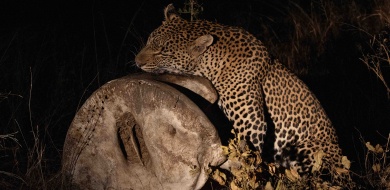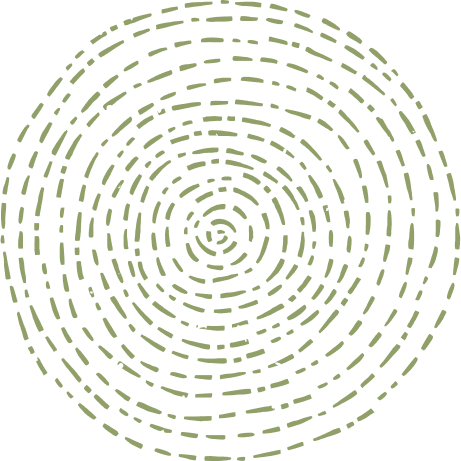Africa’s Vanishing Wilderness
on Apr 04, 2023What characterises a rhino? Some might say its huge size, immense power, thick legs, or prehistoric appearance, but I am sure the majority would say its horn. Possibly more than any other living creature, rhinos evoke Africa's vanishing wilderness.
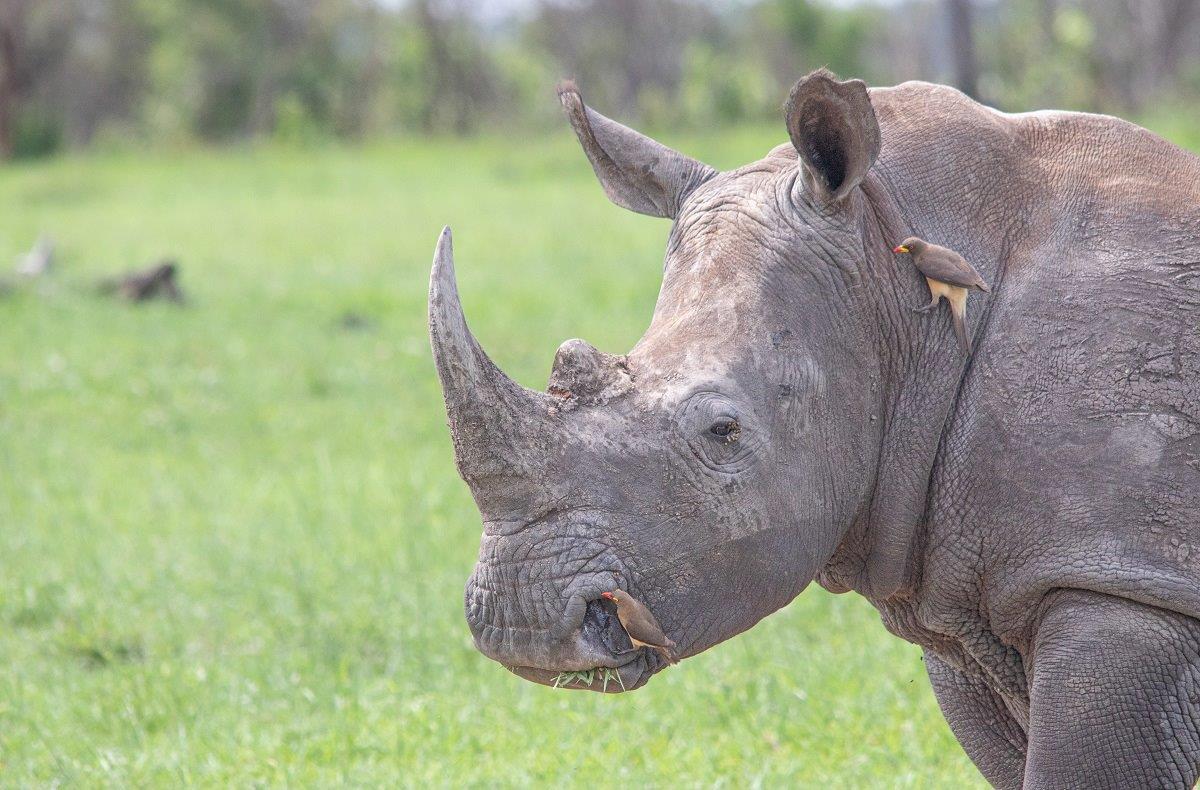
Our understanding of rhino natural history dates to 50 million years; these prehistoric giants roamed Africa, Eurasia, and North America. Rhino were clearly a highly successful species, widespread and abundant for millions of years, that is until they encountered Homo sapiens. Their predictable daily routine of often returning to their favourite watering points and shady trees made them easy targets for hunters. By the time rhino’s only real predator turned protector, hunting had already pushed them close to extinction.
Before, in what is now known as the Kruger National Park, which was proclaimed in 1898, the regions last White Rhino has been shot. A once abundant and successful species had met its match, Man. A few Black Rhino individuals were still occasionally seen in the area.
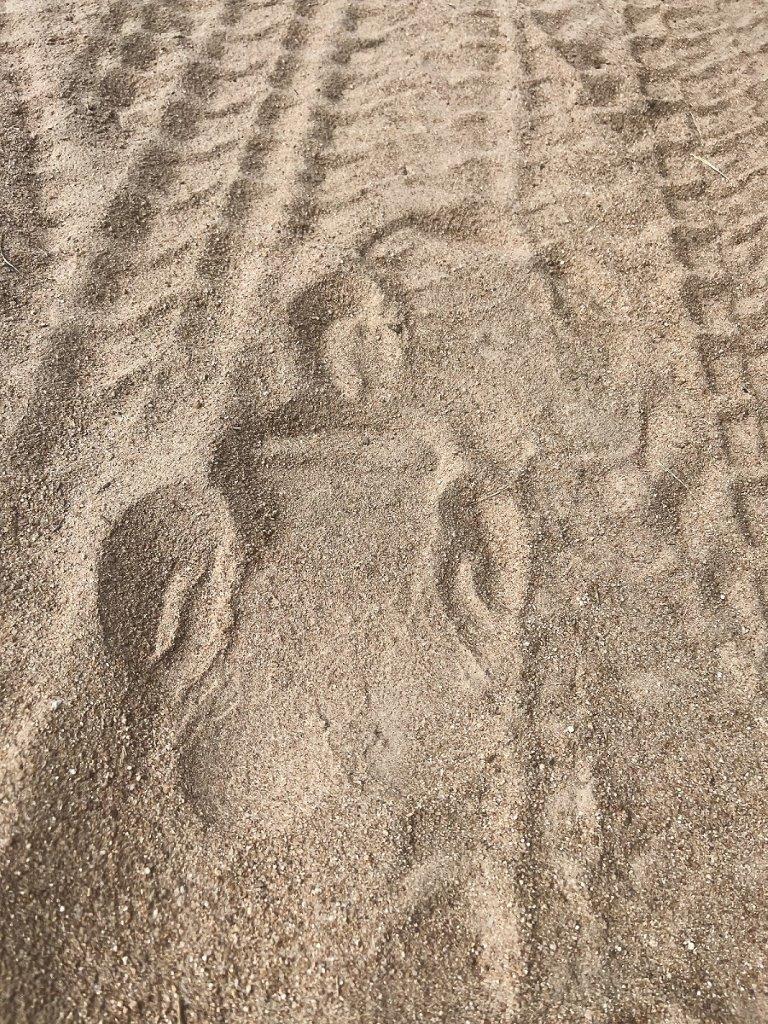
It was 65 years before the White Rhino’s characteristic cloverleaf spoor was again seen in the old stronghold of the Kruger National Park, thanks to one of the greatest conservation success stories in history. This was due to the protection afforded to the Hluhluwe-Imfolozi’s very small White Rhino population in Kwa-Zulu Natal, South Africa. By 1960 there was an abundance of rhino in the 96 000-hectare reserve they had reached their ecological carrying capacity and this led to “operation rhino” where rhinos were translocated and reintroduced to many areas including the Kruger National Park.
Fast forward to 2011 and the Kruger National Park’s rhino population was thriving again, with estimates of 11 000 White Rhino and 500 Black Rhino. This was until the only real natural predator of rhinos got greedy again.
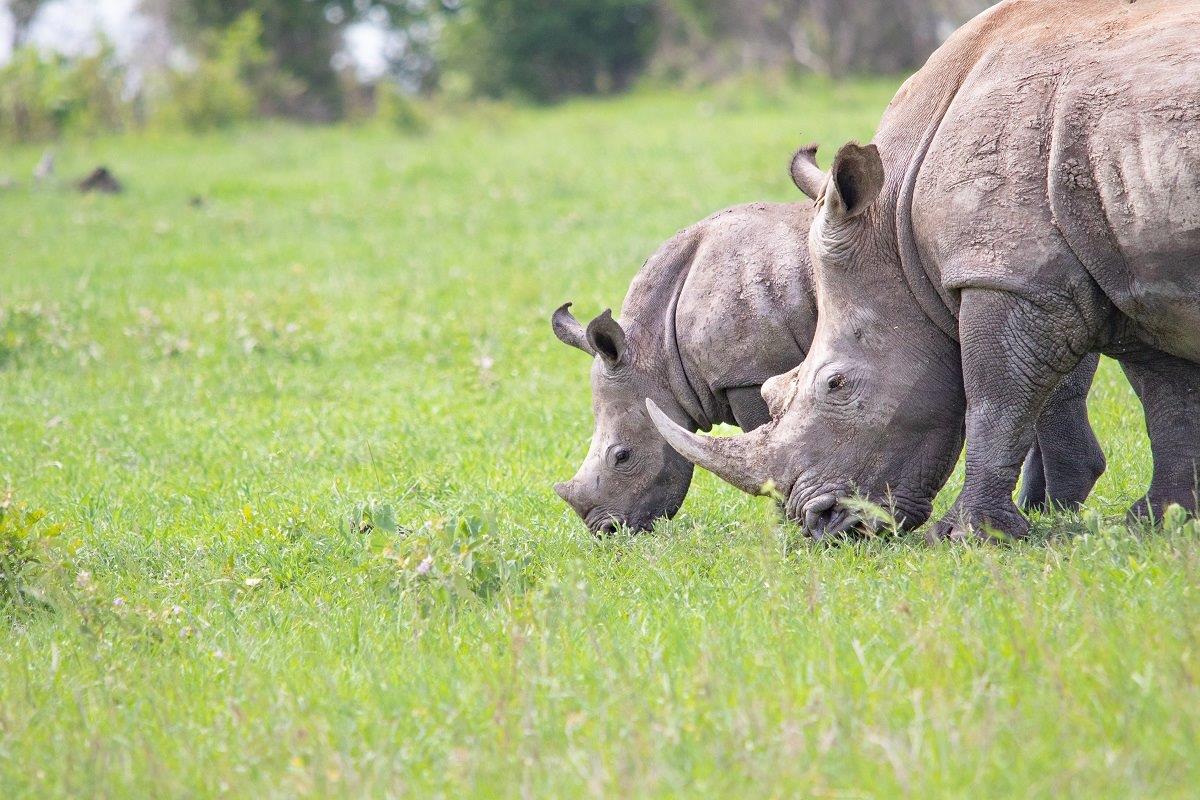
Rhino horn has become one of the most valuable natural substances on earth. Composed entirely of agglutinated keratin fibres, rhino horn resembles the structure of horse hooves, turtle beaks and cockatoo bills. The only difference is that it is seen to have many medicinal uses and a status symbol throughout China and Vietnam. It is said that one rhino horn can be worth about R5 million on the black market.
This value placed on the rhino horn is what has once again led to its demise, and despite huge efforts to protect rhinos in our wilderness areas, we are losing the battle to save them. Poachers are backed by massive syndicates, and with families to feed in a struggling economy, this is an easy solution for some highly skilled people with generations of bush knowledge.
As of 2020, the White Rhino population had decreased to about 2600 individuals and the Black Rhino population to 200 in the Kruger National Park. Drastic steps needed to be taken to save the species once again. After much debate, it was decided that if there is no horn to take there would be no reason to poach rhinos. A massive operation to dehorn rhinos started in the Kruger and Greater Kruger National Park.
How is dehorning carried out?
A light aircraft is used to locate rhinos.
Once a rhino is located, a helicopter with a vet is deployed and the rhino is darted with a sedative.
A ground team quickly moves in to secure and monitor the rhino’s vitals.
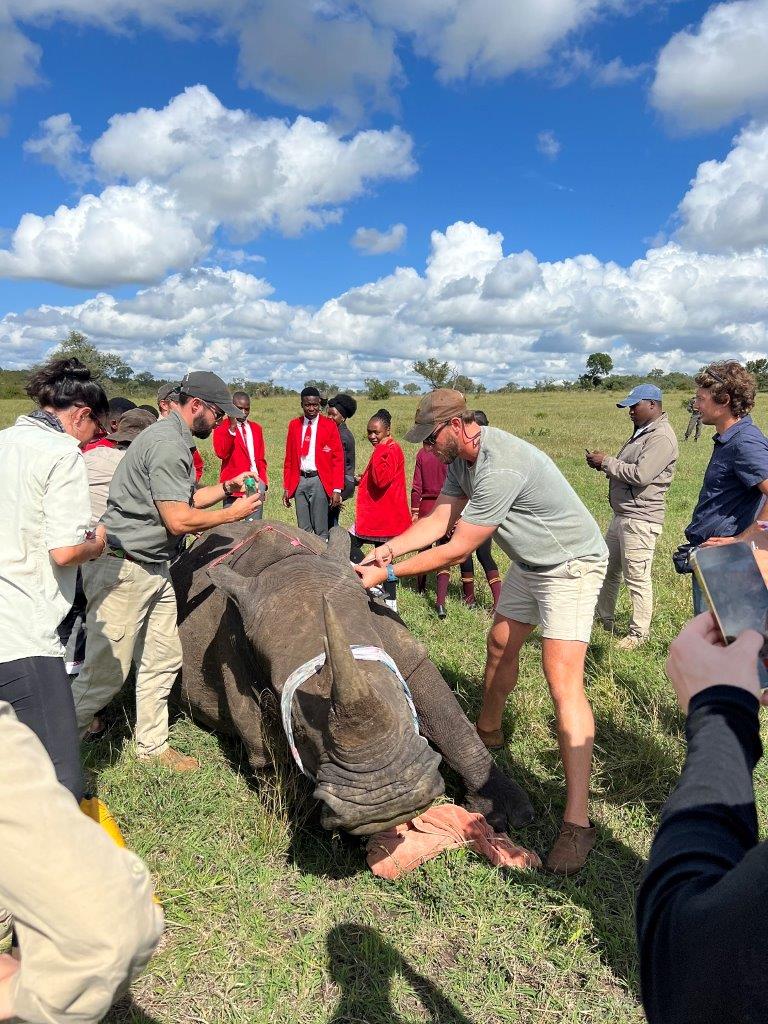
A pen is used to mark the point of removal – usually 7cm from the base of the front horn and 5cm from the base of the back horn.
While under anaesthesia, a chainsaw or handsaw is used to cut the horn off horizontally. The rhino feels no pain as this is the same as us cutting our nails.
Eyes and ears are covered to prevent noise / disturbance / damage from the saw.
The stump is trimmed to remove excess horn at the base, then smoothed and covered with Stockholm tar to prevent cracking and drying.
Rhinos are notched on their ears to identify individuals and DNA samples are taken.
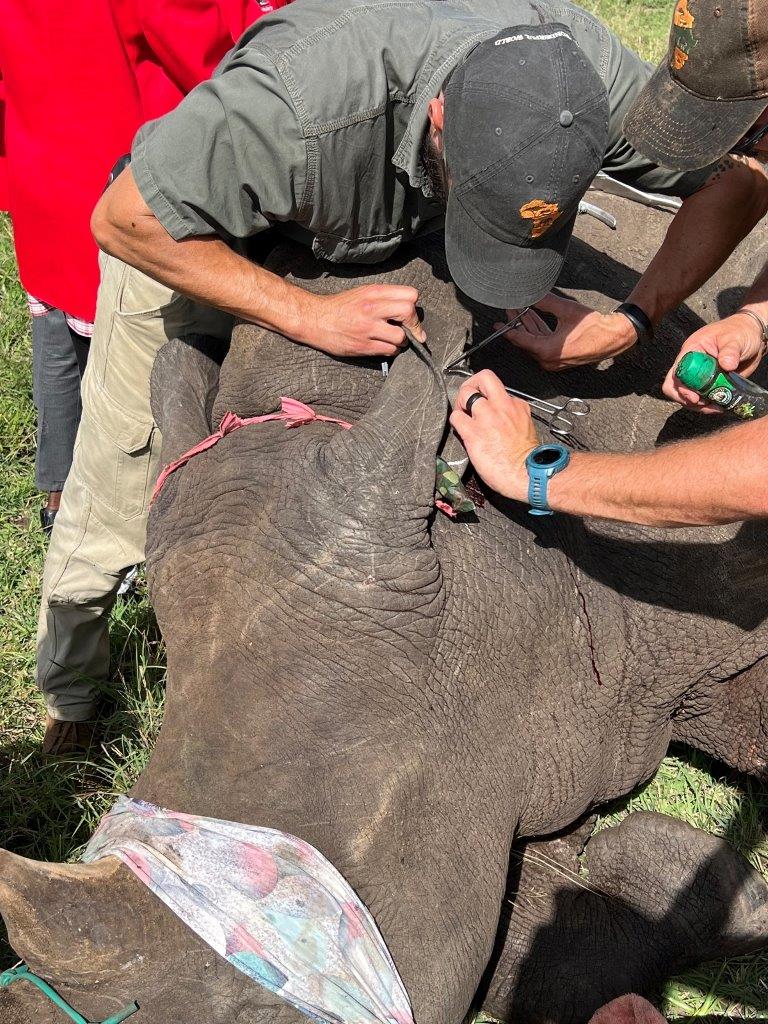
Horns are then recorded and stored at a secret, high-security location and cannot be sold as the trade in rhino horn is illegal.
A reversal drug is given, and the rhinos move on.
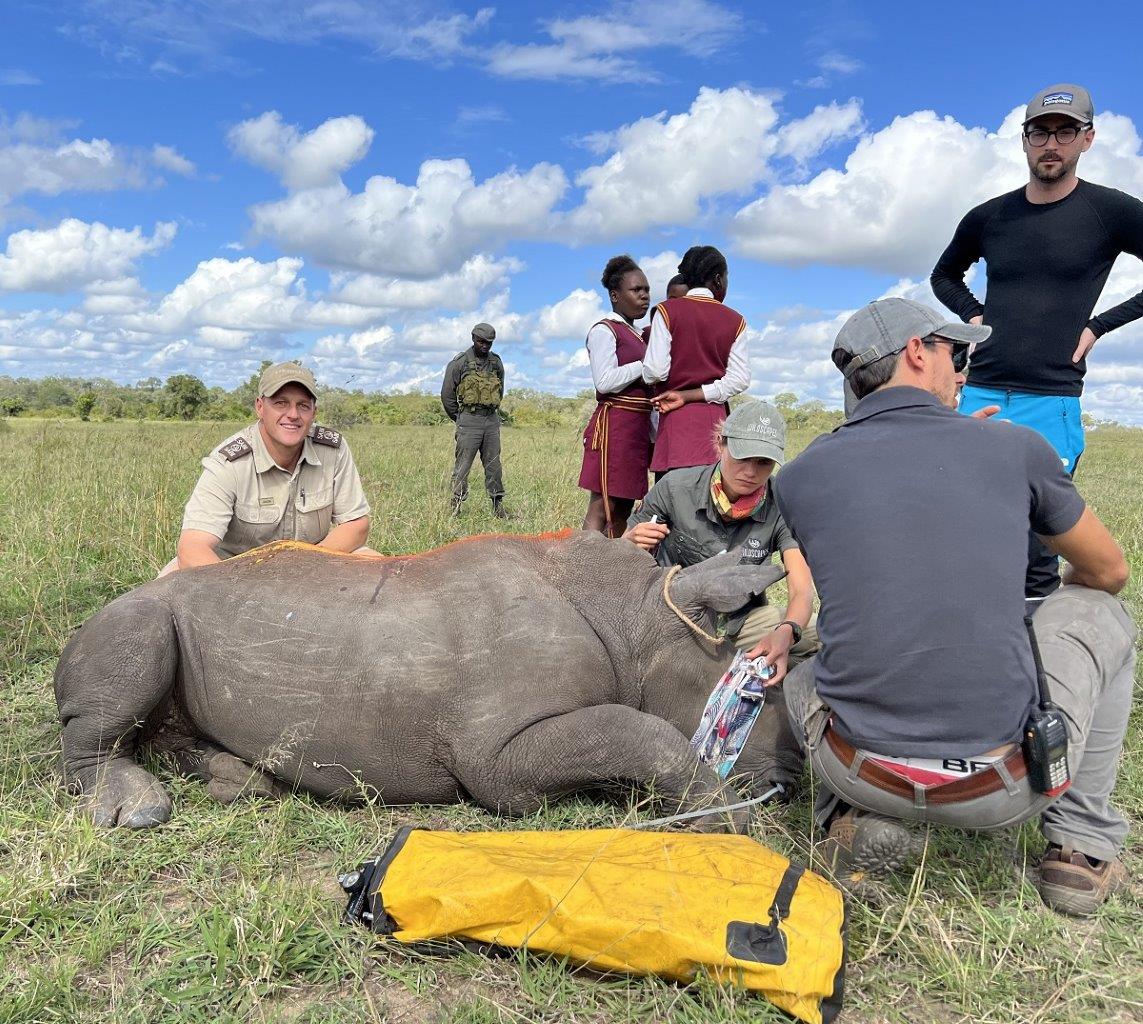
The dehorning operation is part of a broader effort to protect South Africa’s rhinos. Other measures include the awareness and education of the communities surrounding the reserve, as to the benefit of conserving these flagship species, and the link between sustainable tourism and the provision of essential employment in the sector.
Dehorning is by no means a once-off and will need to be carried out every 14-18 months, as the horn continues to grow, just as our fingernails do.
While the iconic horn of a rhino may characterise this species for many, a rhino with no horn is better than no rhino at all, and let's be honest even without their horn rhino are still magnificent beasts. Kruger is Africa's premier rhino sanctuary and a reservoir for seeding other reserves. Kruger is key for the future of the Southern White and Southern Black Rhino. It would be a tragedy to lose this iconic species.
Will this major intervention ease pressure on rhino poaching and save the species? Only time will tell.
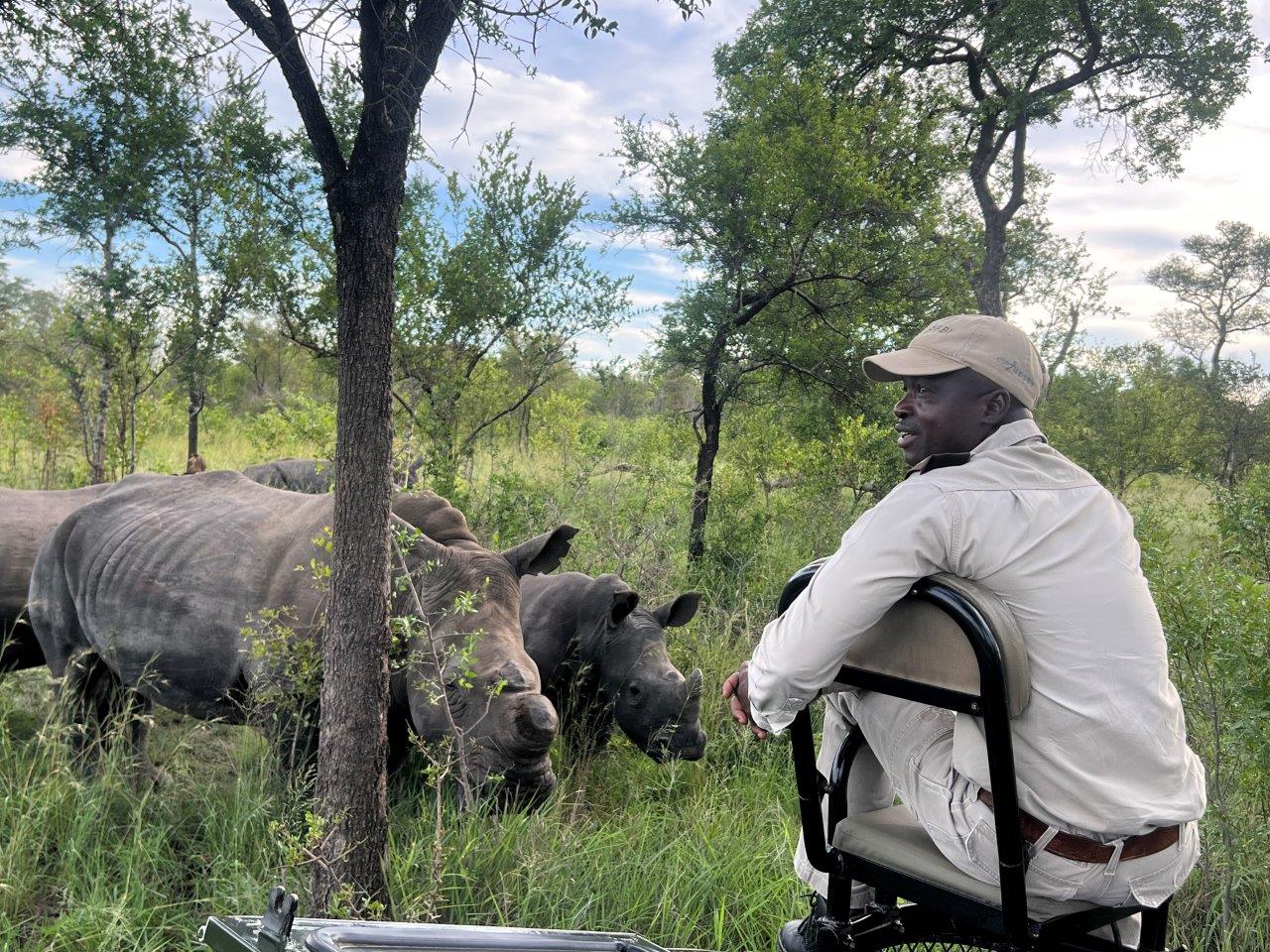
Blog by Jason Street (Bush Lodge Ranger)



